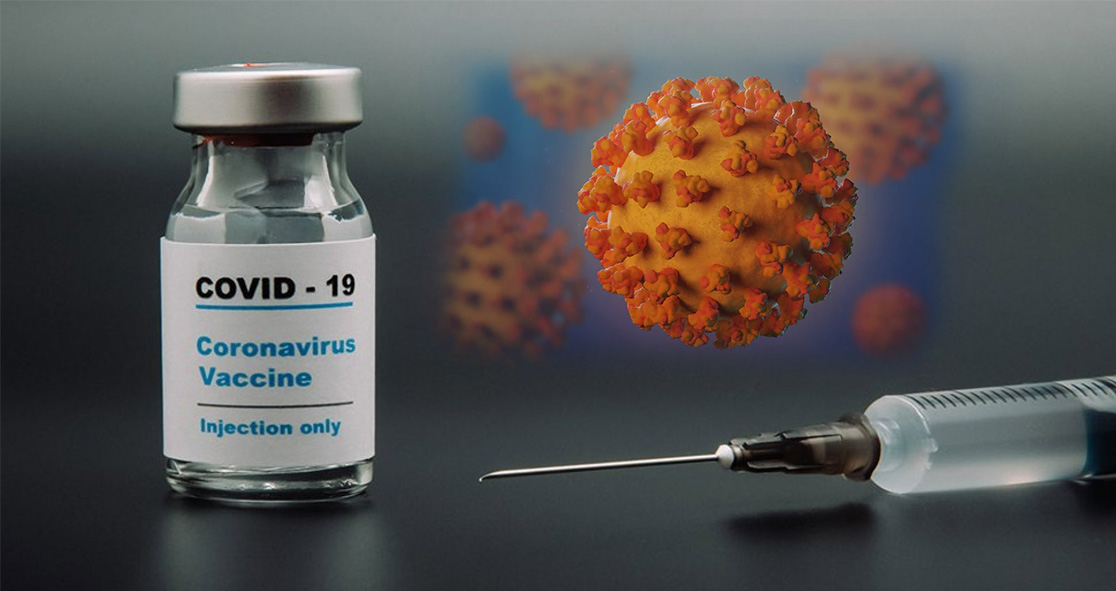The new coronavirus, aka SARS-CoV-2, is undergoing mutation in such a way that it can become more contagious and spread quickly around the world.
However, new research published Thursday in Science has confirmed that this spike mutation may also make the coronavirus more susceptible to a vaccine.
The new strain of coronavirus, known as D614G, emerged in Europe. It has become the most common strain in the world.
Researchers of the University of North Carolina at Chapel Hill and the University of Wisconsin-Madison have shown that the new strain replicates much faster and is more contagious than the strain of the virus originated in China last year.
The D614G strain spreads faster, but in animal studies, the strain was not associated with more severe disease. The strain has also been found to be more sensitive to neutralization by antibody therapies.
Study author Prof. Ralph Baric of UNC said, “The D614G virus outcompetes and outgrows the ancestral strain by about 10-fold and replicates extremely efficiently in primary nasal epithelial cells, which are a potentially important site for person-to-person transmission.”
Prof. Baric has been studying coronaviruses for over three decades. He was also integral in the development of remdesivir, developed by Gilead Sciences, the first FDA-approved drug for COVID-19.
The researchers believe that the new strain of COVID-19 dominates because it has the ability to open cells for the virus to enter.
The new mutation causes a flap on the tip of a spike to pop open, allowing the viral strain to infect cells more efficiently, but also making the virus vulnerable.
With one flap open, it becomes easier for antibodies or vaccines to invade and disable the virus.
Another study author Yoshihiro Kawaoka said, “The original spike protein had a ‘D’ at this position, and it was replaced by a ‘G.’ Several papers had already described that this mutation makes the protein more functional and more efficient at getting into cells.”
The researchers explained that the mutated virus replicates nearly 10 times faster and it is much more infectious.
Kawaoka said, “We saw that the mutant virus transmits better airborne than the [original] virus, which may explain why this virus dominated in humans.”
The researchers warned that the pathology results may hold true in animal studies, but may not in human studies.
Prof. Baric said, “SARS-CoV-2 is an entirely new human pathogen and its evolution in human populations is hard to predict. New variants are continually emerging, like the recently discovered mink SARS-CoV-2 cluster 5 variant in Denmark that also encodes D614G.”
“To maximally protect public health, we must continue to track and understand the consequences of these new mutations on disease severity, transmission, host range, and vulnerability to vaccine-induced immunity,” he added. The article originally appeared on Medical Xpress.























